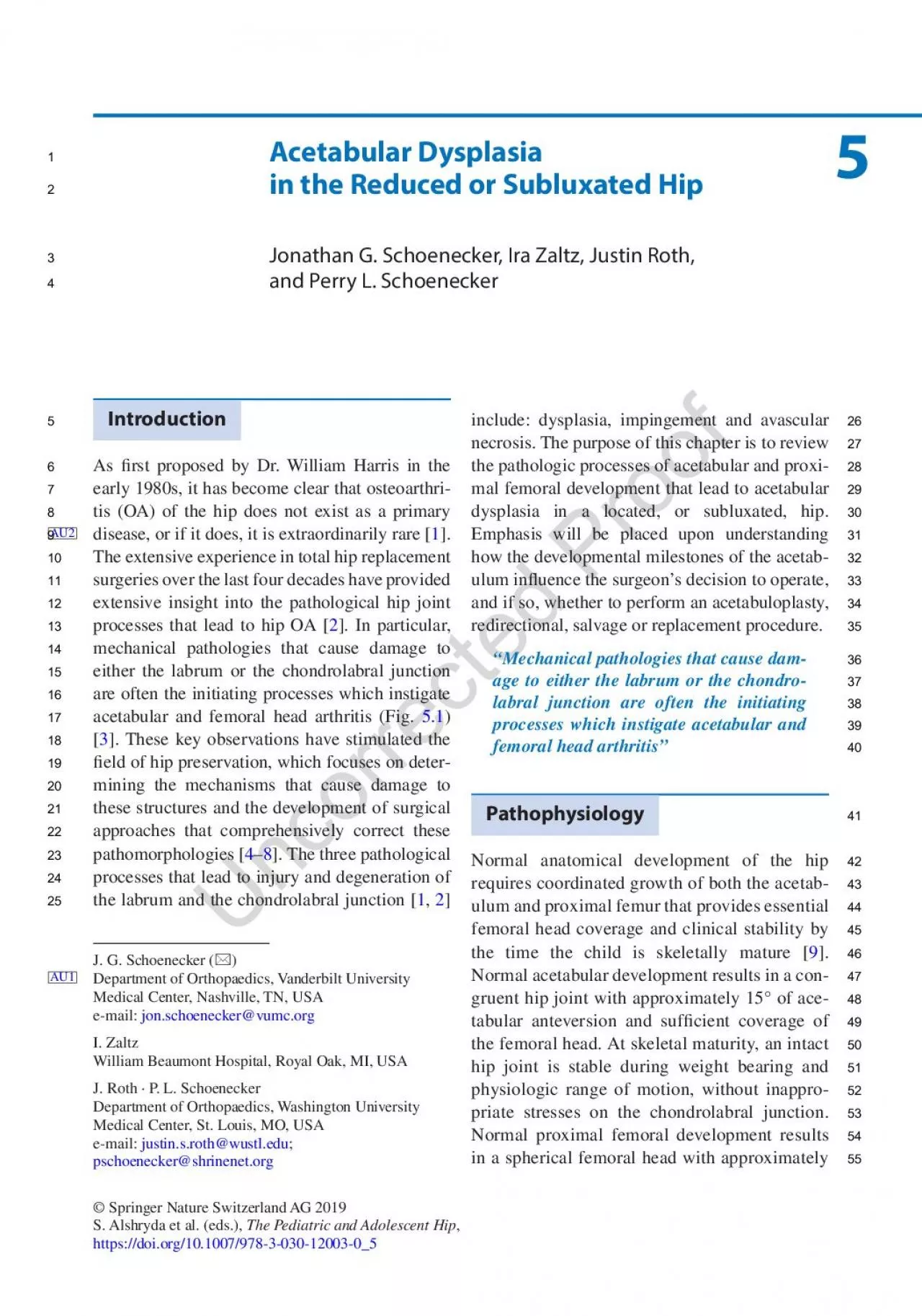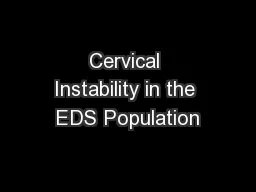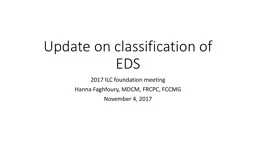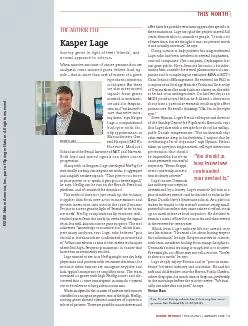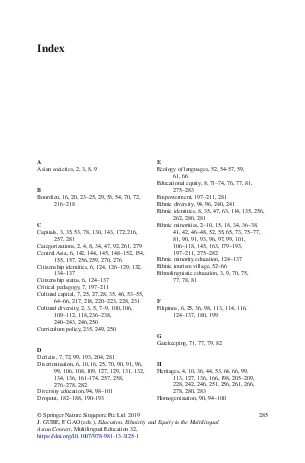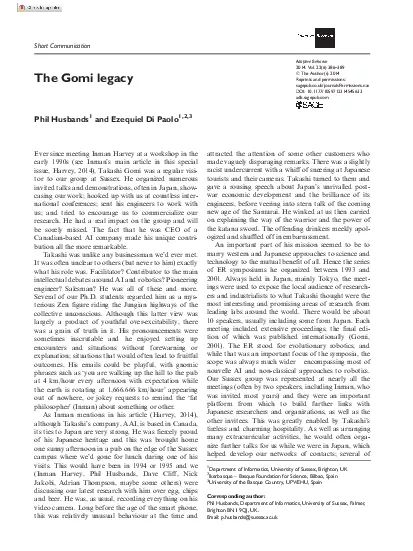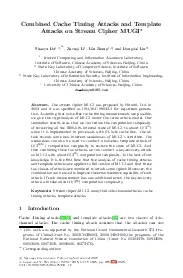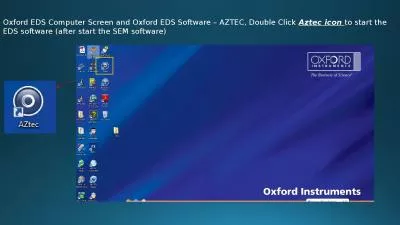PDF-Springer Nature Switzerland AG 2019 S Alshryda et al eds The P
Author : elina | Published Date : 2022-10-26
IntroductionAs 31rst proposed by Dr William Harris in the early 1980s it has become clear that osteoarthritis OA of the hip does not exist as a primary disease or
Presentation Embed Code
Download Presentation
Download Presentation The PPT/PDF document "Springer Nature Switzerland AG 2019 S Al..." is the property of its rightful owner. Permission is granted to download and print the materials on this website for personal, non-commercial use only, and to display it on your personal computer provided you do not modify the materials and that you retain all copyright notices contained in the materials. By downloading content from our website, you accept the terms of this agreement.
Springer Nature Switzerland AG 2019 S Alshryda et al eds The P: Transcript
Download Rules Of Document
"Springer Nature Switzerland AG 2019 S Alshryda et al eds The P"The content belongs to its owner. You may download and print it for personal use, without modification, and keep all copyright notices. By downloading, you agree to these terms.
Related Documents

